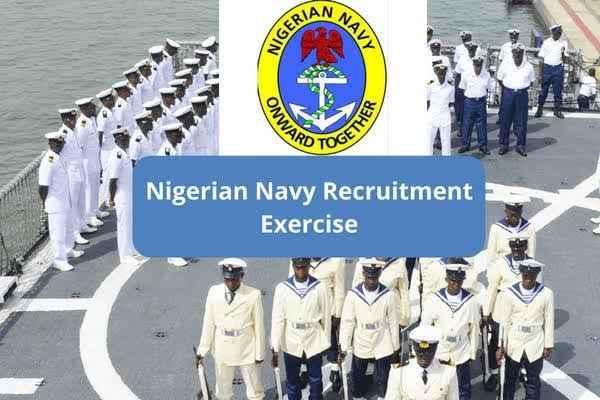Nigerian Customs Service Ranks And Symbols

The Nigerian Customs Service (NCS) plays a crucial role in safeguarding the country’s borders and managing import and export activities. The service operates under a structured hierarchy, with ranks and symbols reflecting the duties and responsibilities of each officer. This hierarchical system is vital for maintaining order and ensuring efficiency within the organization.
Rank Structure of the Nigerian Customs Service
The NCS rank structure is divided into commissioned officers and non-commissioned officers, with each rank carrying specific duties and privileges. The top ranks generally involve administrative and strategic decision-making, while lower ranks handle operational duties. Below is an overview of the ranks within the NCS:
1. Comptroller-General of Customs (CGC)
The highest-ranking officer in the NCS, responsible for the overall administration of customs operations. The CGC oversees policy implementation, revenue generation, and border control.
The badge for this position typically features a large star, a sword, and the national emblem.
2. Deputy Comptroller-General (DCG)
Second in command, this officer assists the CGC in overseeing various departments. There are usually several DCGs responsible for specific departments such as finance, tariff, and enforcement.
The DCG badge contains multiple stars to denote seniority, as well as symbols that indicate the area of responsibility.
3. Assistant Comptroller-General (ACG)
ACGs head various zones and sectors within the NCS, overseeing specific regions or functions like enforcement or revenue collection.
Their badges display stars and swords, signifying their command role.
4. Comptroller of Customs
Comptrollers manage state commands and key departments. They are crucial for implementing policies at a regional or state level.
Their badges feature smaller stars with swords, representing a mid-level command position.
5. Deputy Comptroller of Customs
Deputies assist comptrollers in managing the operations of a customs command or a specific department.
Their insignia includes fewer stars than the comptroller but still displays symbols of authority.
6. Assistant Comptroller of Customs
These officers support the deputy comptrollers in ensuring compliance with customs regulations in specific regions or departments.
The badge design is simpler than the higher ranks but still features stars to show seniority.
7. Chief Superintendent of Customs
At this level, officers are responsible for overseeing major operations like anti-smuggling efforts, goods inspection, and revenue collection at border posts.
Their badges consist of fewer stars and often include crossed swords.
8. Superintendent of Customs
Superintendents take charge of smaller units within customs operations, often supervising a group of officers.
Their insignia includes simple stars and the customs emblem.
9. Deputy Superintendent of Customs
Deputies in this rank assist superintendents in running day-to-day customs operations.
The badge includes symbols representing their support role.
10. Assistant Superintendent of Customs
The first commissioned officer rank, they help supervise customs posts and ensure compliance with laws.
Their badge typically consists of fewer stars and symbols representing entry-level command.
Non-Commissioned Officers
Below the commissioned ranks are the non-commissioned ranks. These officers are typically involved in hands-on duties such as cargo inspections, enforcement of customs laws, and field operations. Their ranks include:
-
Inspector of Customs
-
Assistant Inspector of Customs
-
Customs Assistant
Each of these ranks carries distinct badges that signify their level within the non-commissioned officer hierarchy. The symbols often feature the national emblem and a number of stars indicating their rank level.
Conclusion
The Nigerian Customs Service has a well-organized rank and symbol system that reflects its structured command and the responsibilities at each level. Higher ranks involve administrative duties and oversight, while lower ranks focus on field operations and enforcement. The symbols accompanying each rank—such as stars, swords, and national emblems—help distinguish officers’ levels of authority and their area of responsibility. This hierarchy ensures that the NCS can effectively manage the country’s border protec
tion, revenue collection, and import/export regulation







